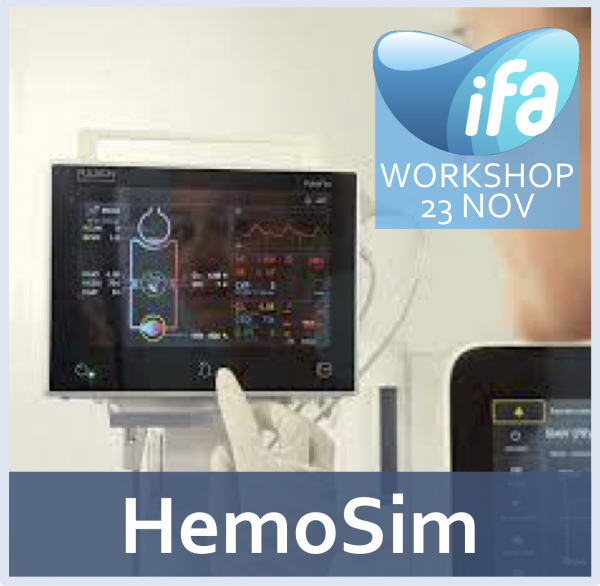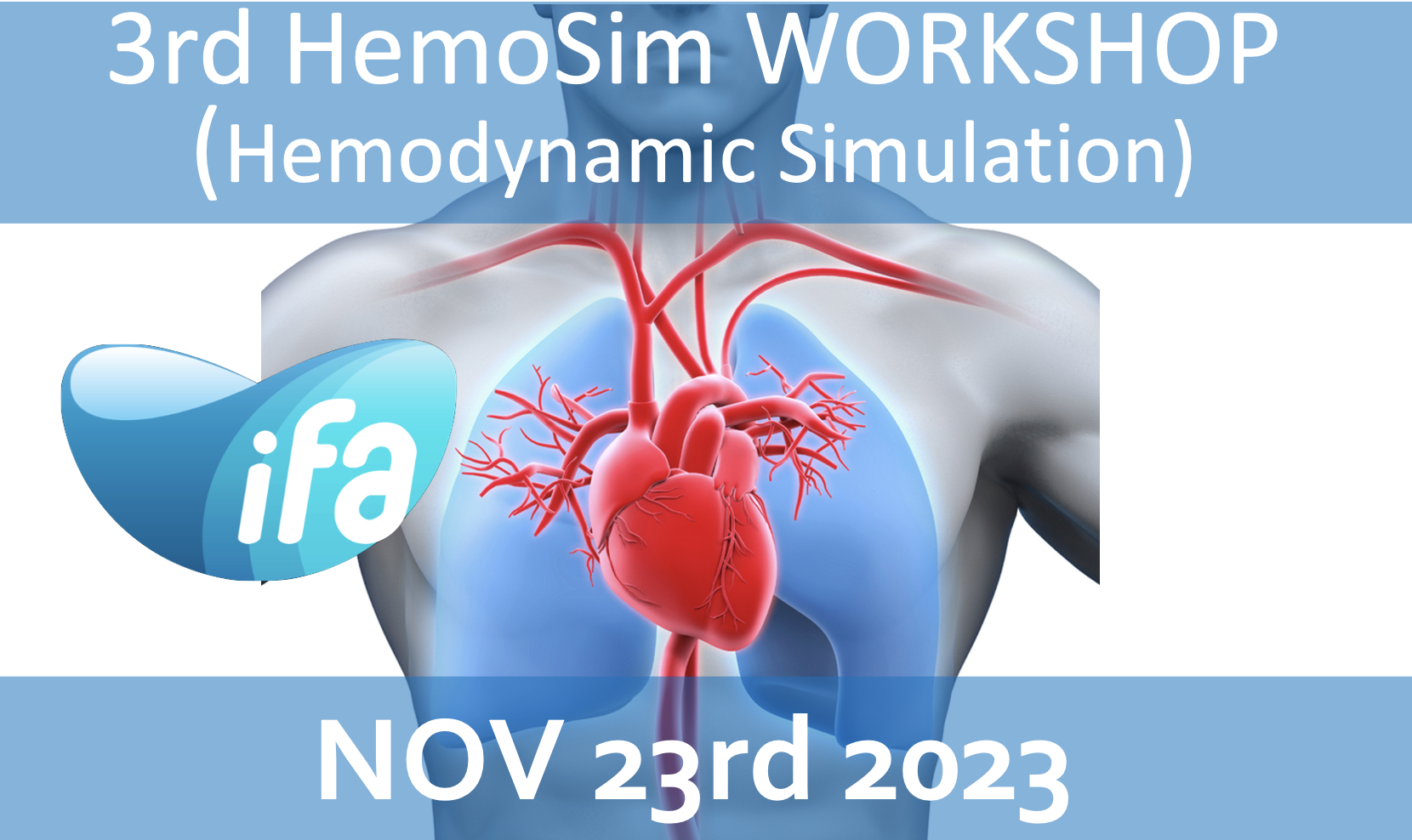
3rd HemoSim Hemodynamic Clinical Case Simulation Workshop
Hemodynamic case simulation workshop
Register here: https://whova.com/portal/registration/ifad_202305/
Organisation: Intensive Care Unit (ICU), UZ Brussel and iMERiT
Contact : info: info@fluidacademy.org
Date: November 23rd, 2023
Location: Hilton Old Town, Congress and Conference Centre, Groenplaats 32, 2000 Antwerpen, Belgium
Room: Lijn
Twitter Handle: #IFAD2023
Duration: Full Day 9:00 – 18:00
Pax: limited to a max of 40
Price: exceptionally low @ 250 EUR (meals and drinks included)
Learning objective: Presentation of real clinical case scenarios. Septic shock, obstructive shock, and cardiogenic shock case simulation (initial resuscitation phase and stabilization phase) with choice of hemodynamic monitoring (PAC or PiCCO), choice of treatment, and simulation of response to treatment depending on case. Combined with short theoretical lectures on hemodynamic monitoring, fluid responsiveness, functional hemodynamic monitoring, preload, capillary leak, lung water, ARDS, ultrasound, fluid physiology, the 4 D's of fluid therapy (Drug - Dose - Duration - Deescalation), the 4 phases of fluid therapy and the ROSE concept (Resuscitation - Optimization - Stabilization - Evacuation) and much much more. Not to be missed.
Starling forces and fluids
- We are all on the steep part of the Starling curve.
- This means our stroke volume will go up if we give fluid.
- This doesn’t mean we SHOULD give fluids
- fluid responsiveness and preload are two different things
- it is not because you are fluid-responsive that fluids need to be given
- it is not because preload is low that fluids need to be given
- Understand the determinants of arterial pressure and cardiac output
- Explain the importance of tissue hypoperfusion and the pathophysiology of shock states
- Understand and apply the principles of arterial blood pressure monitoring
- Outline basic concepts of cardiac output monitoring
- Recognize the clinical symptoms and basic echocardiographic features of shock
- Understand the fundamentals of fluid and vasoactive therapy
Predicting fluid responsiveness
- CVP may be a means of deciding to STOP giving fluids not START giving fluids.
- Devices do not cure patients, evidence-based treatments that are suggested by devices may.
- Choice of device probably not important from those with an evidence base.
- Many, many exclusions to the values measured to predict responsiveness.
Simulation of haemodynamic conditions
- Simulation is not the real world.
- Cardiac output based management challenges can help direct appropriate treatment.
Remember, these “how to manage ...” strategies using devices often put more emphasis on supportive therapies (such as fluids and inotropes) rather than a diagnosis. You can give as much fluid using a PiCCO as you want in shock, but you need to know why they are shocked in the first place. Get a diagnosis - give evidence-based treatment. Use devices and support to get to this place. It is not a final destination!
